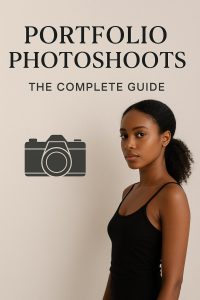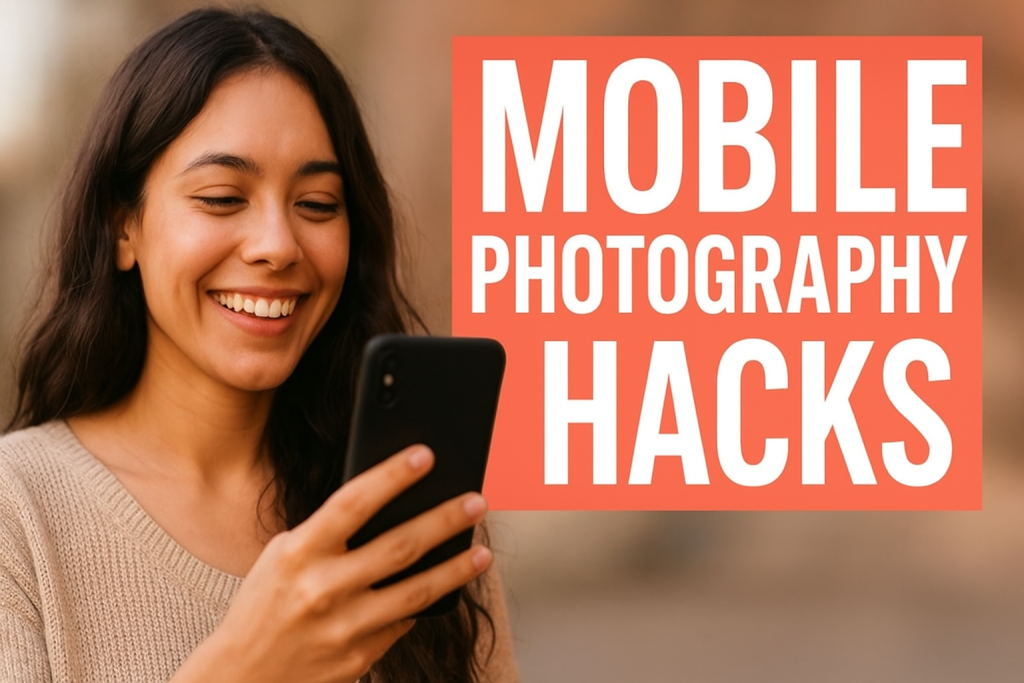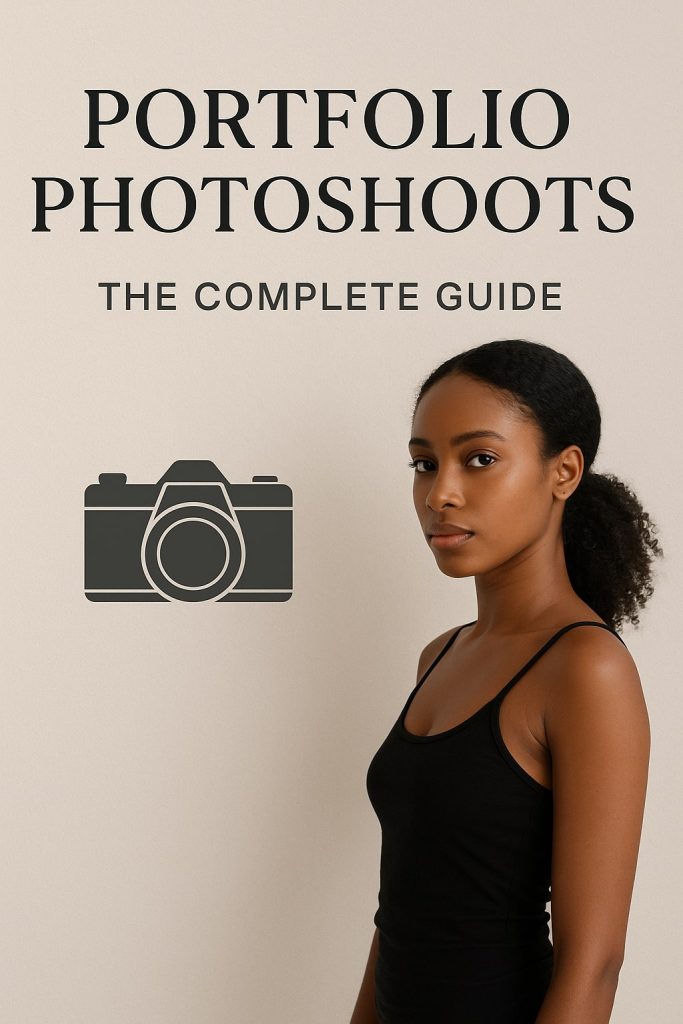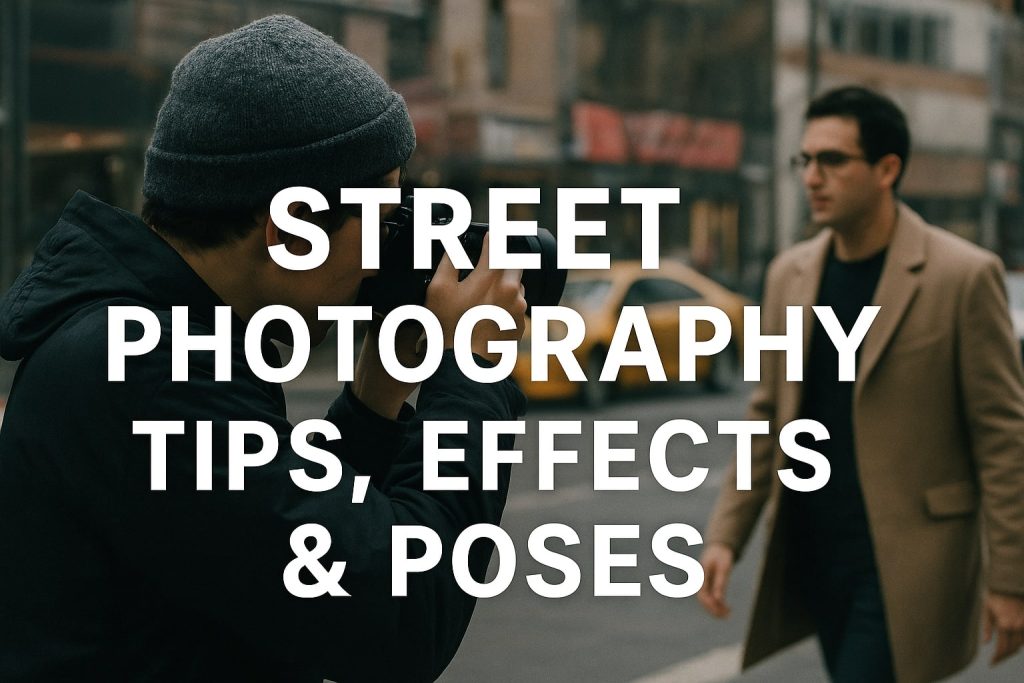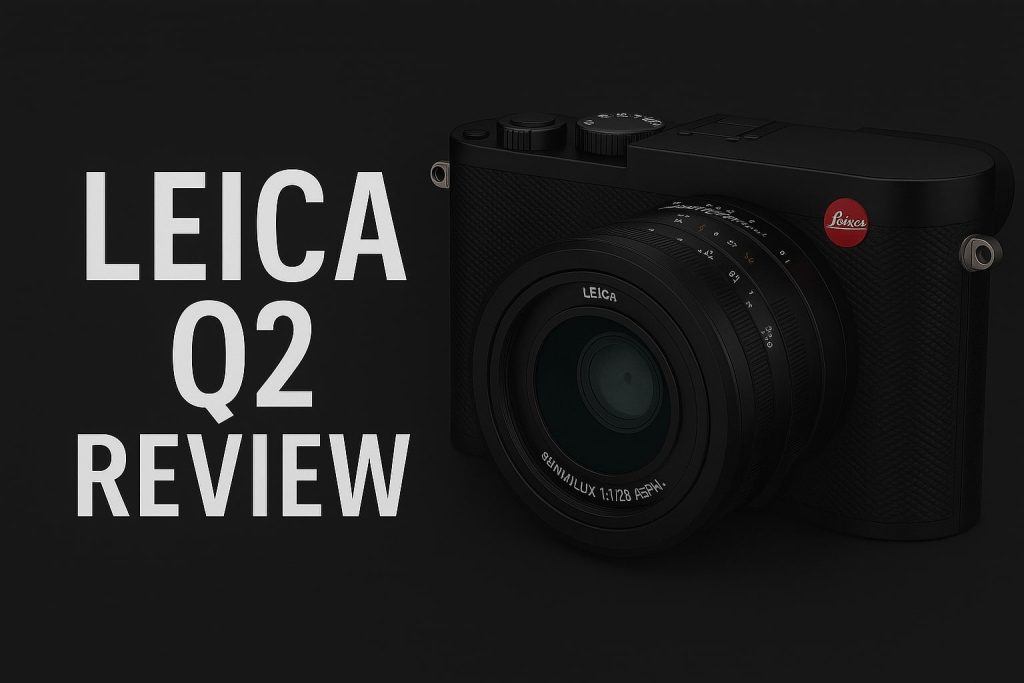Minimalist product photography is a powerful technique that helps brands showcase their products with a clean, modern aesthetic. By focusing on simplicity, it enhances the product’s appeal while eliminating distractions. Whether you’re an e-commerce seller, a content creator, or a brand looking to refine your visual identity, mastering minimalist product photography can significantly improve your conversions and customer engagement.
In this guide, we will explore everything you need to know about shooting minimalist product photography, including setup, lighting, composition, editing, and best practices.
What is Minimalist Product Photography?
Minimalist product photography is a style that emphasizes simplicity, clean backgrounds, and uncluttered compositions. It draws attention to the product itself without unnecessary distractions. This style is commonly used in luxury branding, tech products, beauty products, and lifestyle marketing.
Benefits of Minimalist Product Photography
- Enhances Product Visibility: Keeps the focus on the product by removing distractions.
- Creates a Modern Aesthetic: Clean, sleek, and professional visuals that appeal to contemporary audiences.
- Increases Conversion Rates: Well-shot minimalist photos can boost engagement and sales.
- Optimized for Branding: Consistency in style strengthens brand identity.
Essential Equipment for Minimalist Product Photography
1. Camera & Lens
While you don’t need the most expensive camera, a good-quality DSLR, mirrorless camera, or even a smartphone with a high-resolution camera will work.
- Recommended Cameras: Canon EOS R5, Sony A7 IV, Nikon Z7 II
- Best Lenses for Minimalism: 50mm prime, 85mm prime, or macro lens
2. Lighting Setup
Lighting plays a crucial role in minimalist photography. Natural light works well, but controlled studio lighting provides consistency.
- Softbox or Diffused Lighting: Softens shadows for a clean look.
- Reflectors & Bounce Cards: Help eliminate harsh shadows.
- Ring Lights or LED Panels: Offer even illumination.
3. Backdrops & Surfaces
- Plain White or Neutral Colors: Avoid patterns or textured backgrounds.
- Matte or Glossy Acrylic Sheets: For reflections and creative effects.
- DIY Backdrops: Minimalist setups can be created using foam boards or poster boards.
Setting Up Your Minimalist Product Photography Shoot
1. Choose the Right Background
The background should be simple and complement the product.
- White Background: Works best for clean and professional shots.
- Black or Gray Background: Adds contrast and elegance.
- Pastel or Neutral Tones: Soft yet stylish minimalist aesthetic.
2. Positioning & Composition
- Negative Space: Leave breathing room around the product.
- Center Composition: Works well for symmetrical products.
- Rule of Thirds: Off-center placement can make the image visually appealing.
3. Adjusting Lighting for Minimalist Effect
- Soft Natural Light: Place your product near a window for diffused lighting.
- Artificial Lighting: Use a softbox with diffusers to create even, shadow-free light.
- Experiment with Shadows: Subtle shadows can add depth without cluttering the image.
Shooting Techniques for Minimalist Product Photography
1. Use a Tripod for Stability
A tripod ensures sharp images, especially when using a slow shutter speed in controlled lighting environments.
2. Shoot in RAW Format
RAW files retain more details and allow better post-processing control.
3. Keep the Focus on the Product
Use manual focus or autofocus with a narrow depth of field to make the product stand out.
4. Capture Different Angles
- Front View: Classic and straightforward presentation.
- Top-Down View: Great for flat-lay shots.
- Side Angle: Highlights dimensions and depth.
Editing Minimalist Product Photos
1. Software Options
- Adobe Lightroom: Best for color correction and exposure adjustments.
- Photoshop: Ideal for advanced retouching and background refinement.
- Canva or Snapseed: For quick mobile edits.
2. Color Correction & White Balance
Ensure the background remains neutral and the product colors are accurate.
3. Removing Distractions
Use the Spot Healing Brush or Clone Stamp Tool in Photoshop to remove unwanted spots or marks.
4. Enhancing Sharpness & Clarity
Minimalist photos should have crisp edges and clean lines. Adjust sharpness without over-processing.
Best Practices for Minimalist Product Photography
1. Keep it Simple
Don’t overcrowd the frame. Let the product be the main subject.
2. Maintain Consistency
Use the same lighting and editing style across all product images for a cohesive brand identity.
3. Optimize for E-Commerce
Resize and compress images for faster website loading while maintaining high quality.
4. Test Different Variations
Try different angles, shadows, and compositions to find the best visual representation of the product.
Common Mistakes to Avoid
- Overcomplicating the Scene: Too many props can defeat the purpose of minimalism.
- Poor Lighting Choices: Harsh shadows or uneven lighting can make images look unprofessional.
- Ignoring Image Quality: Low-resolution images can ruin the aesthetic and reduce engagement.
- Inconsistent Branding: Different color tones or styles can make your brand look unprofessional.
Conclusion
Minimalist product photography is an excellent approach for brands looking to create clean, modern, and visually compelling images. By focusing on simplicity, proper lighting, composition, and post-processing, you can produce high-quality product images that appeal to online shoppers.
Whether you’re a business owner, content creator, or aspiring photographer, implementing these techniques will help you master minimalist product photography and elevate your brand’s visual identity.
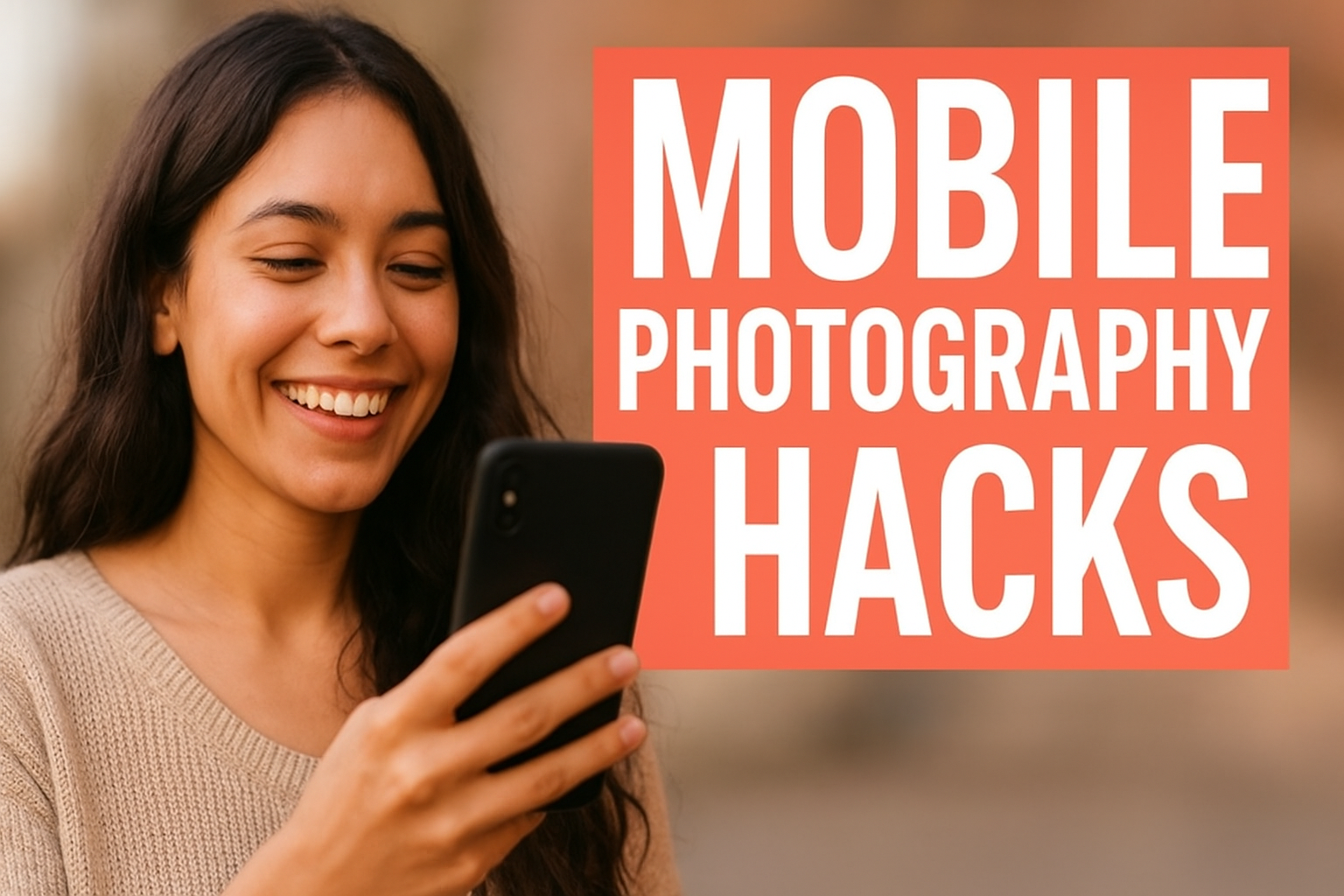
Mobile Photography Hacks: Candid Moments with Your Phone
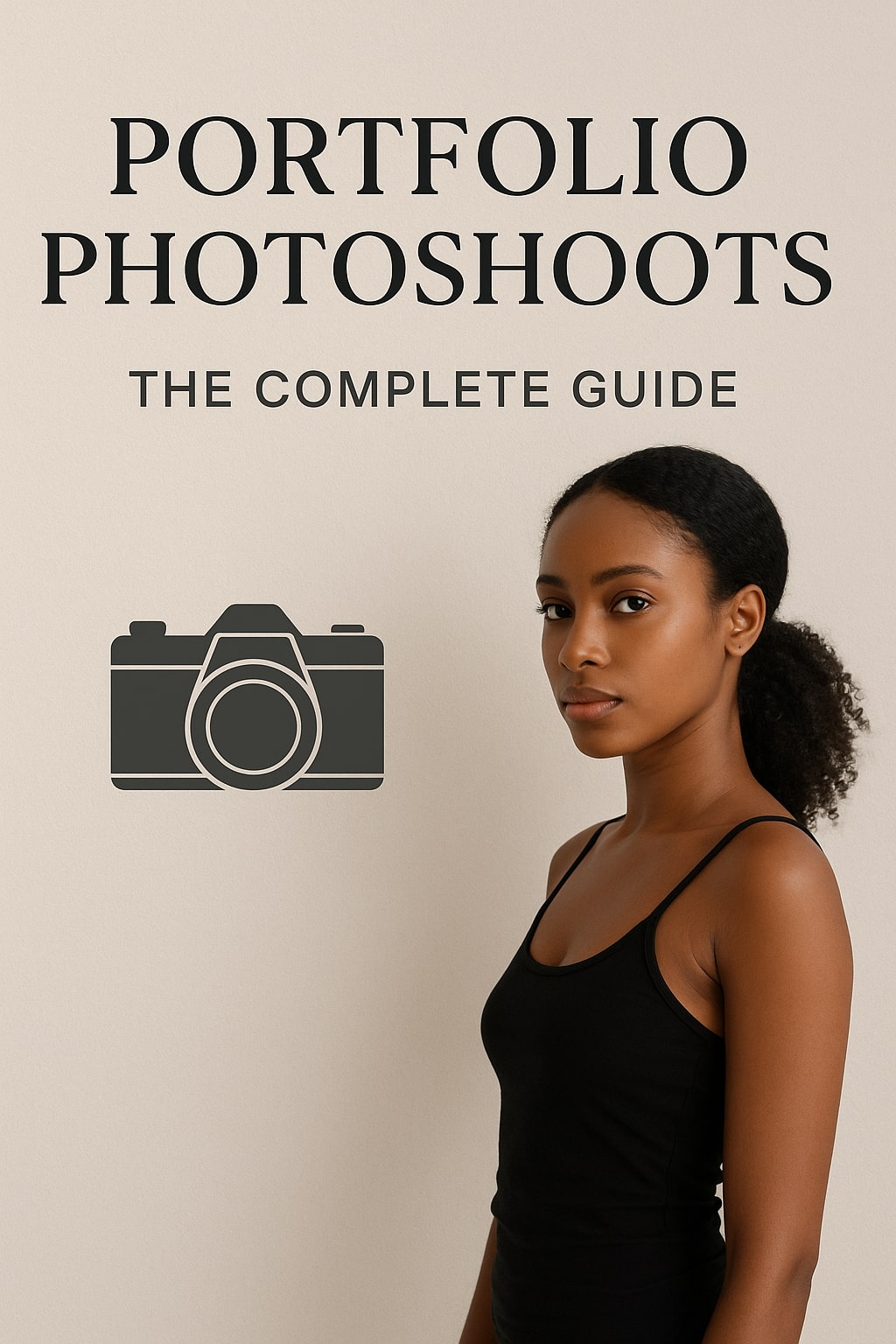
Professional Model & Portfolio Photoshoots: Show Your Best Work
-
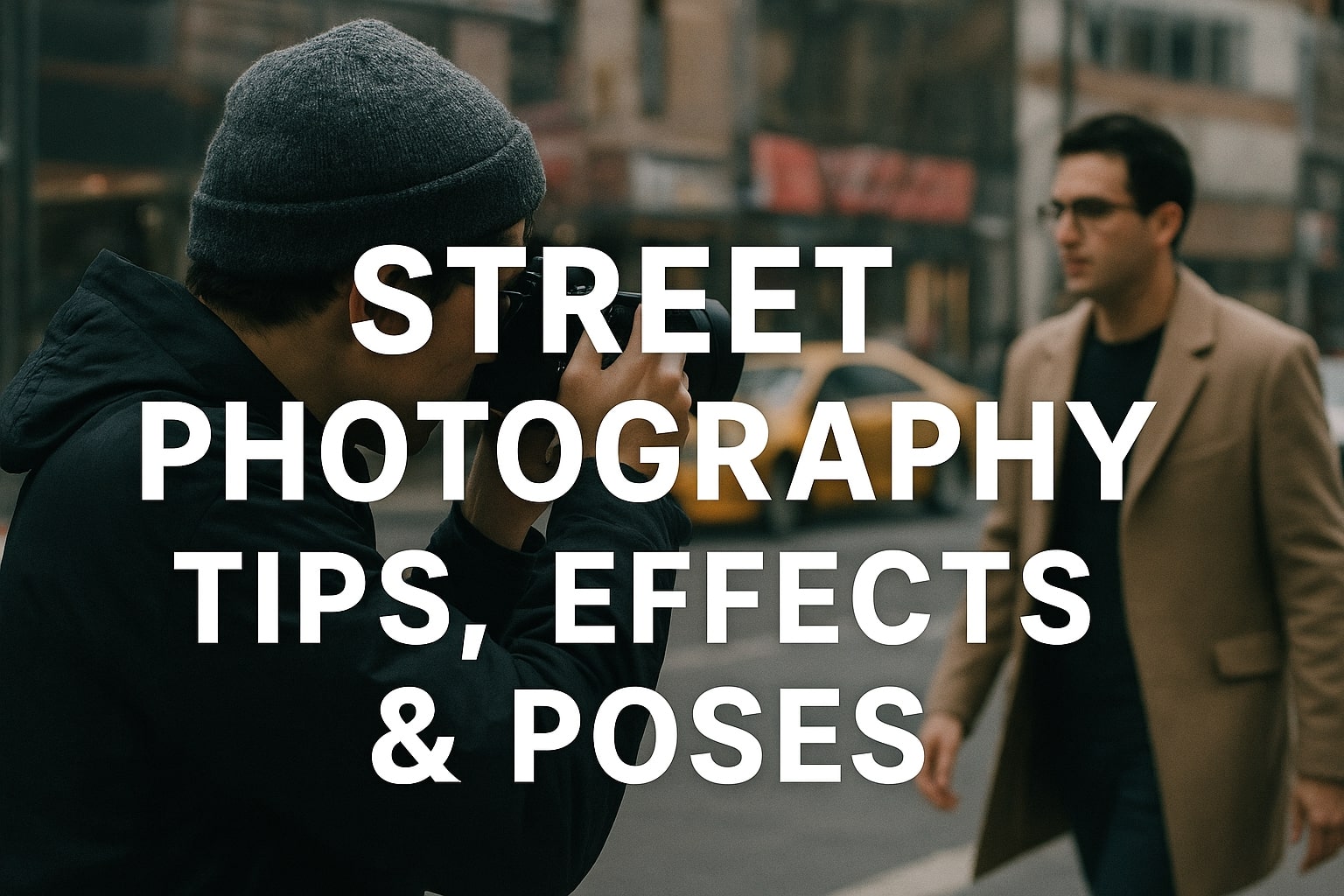
Street Photography Tips, Effects & Poses – Complete Guide
-

Leica Q2 for Photography: Why It’s Loved by Photographers
Mobile Photography Hacks: Candid Moments with Your Phone
Discover high-impact mobile photography hacks to capture genuine, gorgeous candid moments with your phone. Learn practical tips, composition secrets, and pro techniques to turn everyday scenes into stunning visual stories. Introduction: The New Age of Mobile Photography Photography has evolved beyond heavy cameras, technical jargon, and expensive equipment. Today, the power to capture extraordinary moments
Professional Model & Portfolio Photoshoots: Show Your Best Work
” Discover how to plan, style, and execute stunning portfolio photoshoots that showcase your skills, personality, and versatility. This comprehensive guide covers professional tips, posing ideas, gear suggestions, and industry insights for models and photographers.” Introduction – Why Portfolio Photoshoots Are the Cornerstone of a Photographer’s Career A well-crafted portfolio photoshoot is more than a
Street Photography Tips, Effects & Poses – Complete Guide
Discover the ultimate guide to Street Photography with expert tips, creative effects, and dynamic poses. Learn how to capture authentic urban moments, master composition, and tell powerful visual stories through your lens. Article Outline 1. Introduction to Street Photography Street Photography is more than just taking pictures of people in public spaces — it’s about
Leica Q2 for Photography: Why It’s Loved by Photographers
Introduction: The Cult Status of the Leica Q2 The Leica Q2 is not just a camera—it’s a statement. Combining the heritage of German precision engineering with modern digital excellence, it holds a special place in the hearts of professional and passionate photographers alike. With its full-frame sensor, prime Summilux lens, and minimalist design, the Q2
Top Cameras Under ₹1 Lakh for Freelance Photography
Freelance photography is no longer a niche—it’s a booming creative profession that demands not only vision and hustle but also the right gear. Your camera isn’t just a tool; it’s your storytelling partner. If you’re a freelance photographer aiming to balance performance, versatility, and budget, investing in a cameras under ₹1 lakh can offer the
Top Features of Nikon D850 That Make It Ideal for Photoshoots
Explore the top features of the Nikon D850 that make it a powerhouse for photoshoots. From exceptional resolution to dynamic range, this detailed Nikon D850 guide is built for professional and aspiring photographers. 1. Introduction When Nikon launched the D850, it quickly earned a reputation as a flagship DSLR that redefined what photographers could expect


